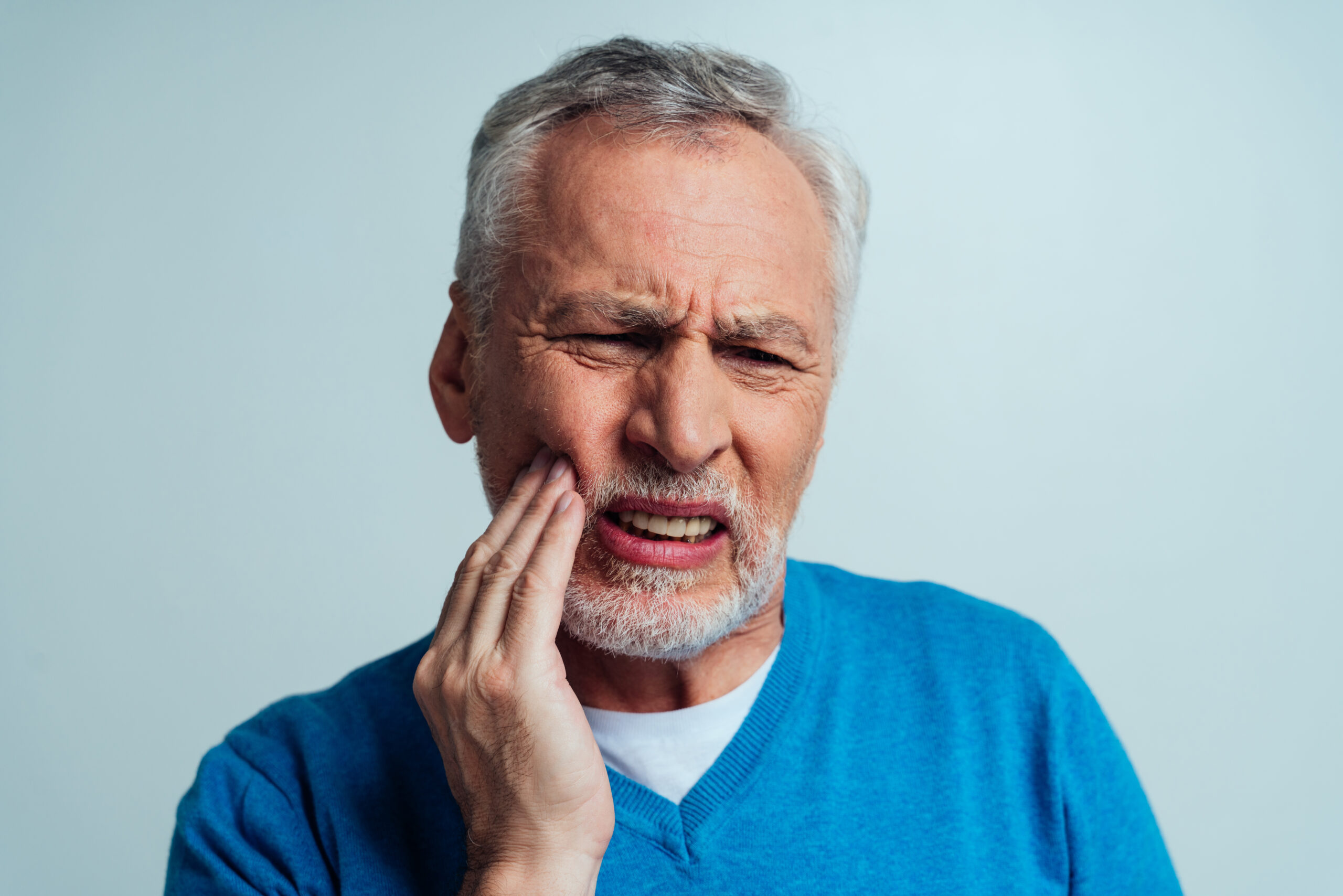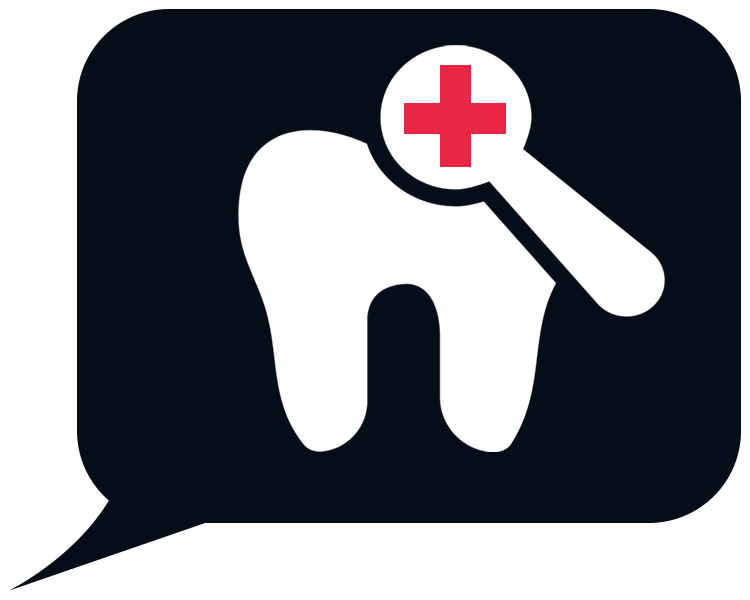Traumatic Dental Injuries

If you experience a dental emergency, please contact our practice immediately. For after-hours emergencies, call our emergency phone number, and an on-call staff member will assist you. If you are unable to reach us, dial 911 for immediate assistance.
While most traumatic dental injuries occur in children and teenagers, people of all ages can be affected, often due to sports accidents, car crashes, or falls. If you experience a traumatic dental injury, it’s crucial to visit your endodontist immediately to assess the damage and determine the necessary treatment. Even seemingly mild dental injuries require prompt examination, as neighboring teeth might have sustained unnoticed damage that only a thorough dental exam can reveal.
Dental emergencies are rare, but they can occur. Knowing how to respond is crucial.
Common Dental Injuries
Chipped teeth are the most common dental injury. Most chips or fractures can be repaired by reattaching the broken piece or placing a tooth-colored filling. If a significant portion of the tooth is broken, an artificial crown may be needed to restore it. In the back teeth, injuries often involve fractured cusps, cracked teeth, or more severe splits. When cracks extend into the root, root canal treatment and a full-coverage crown may be required. Split teeth might necessitate extraction.
A tooth may be pushed out of or into its socket during an injury. Your endodontist will reposition and stabilize the tooth, and root canal treatment is typically required for permanent teeth. This treatment should start a few days after the injury. Children aged 7-12 may not need root canal treatment, as their teeth are still developing. Instead, their healing will be closely monitored to ensure no unfavorable changes occur.
If a tooth is completely knocked out, time is critical. Handle the tooth gently, avoiding the root. Rinse it briefly with water if dirty, but do not use soap or scrub it. Try to place the tooth back in its socket immediately. The sooner it’s reinserted, the better the chances of saving it. Once reinserted, your endodontist will evaluate it and check for other injuries. If reinsertion isn’t possible, the tooth will be cleaned and replaced, followed by a stabilizing splint. Root canal treatment may begin 1-2 weeks later, depending on root development.
A traumatic injury might cause a horizontal root fracture. The fracture’s location determines the tooth’s long-term prognosis. Fractures near the root tip generally have a better outcome, while those closer to the gum line are more challenging. Stabilization with a splint may be required for some time.
Chipped baby teeth can often be restored for aesthetic purposes. Dislodged primary teeth can occasionally be repositioned, but knocked-out primary teeth usually should not be replanted, as this could damage the developing permanent tooth. Children’s permanent teeth, particularly those not fully developed at the time of injury, need special care and monitoring. Not all immature permanent teeth will require root canal treatment; in some cases, the blood supply and stem cells may enable continued root growth.
Resorption occurs when the body starts to reject a tooth in response to trauma. It’s vital to return to your endodontist for regular check-ups after an injury to ensure that root resorption isn’t occurring and that healing is progressing.
In any traumatic dental injury, time is of the essence. Contact your endodontist immediately.


